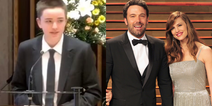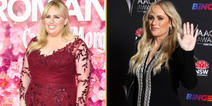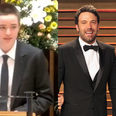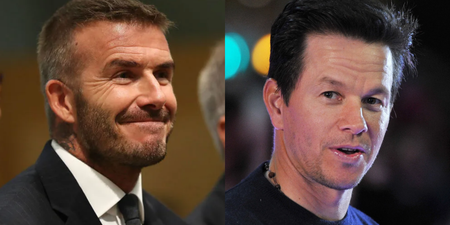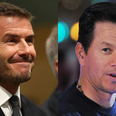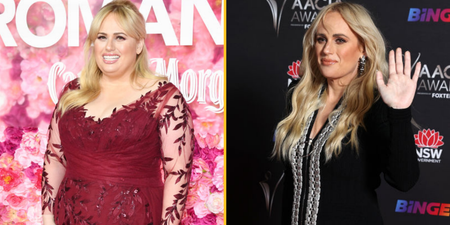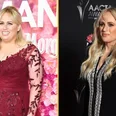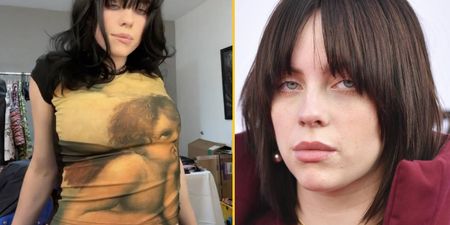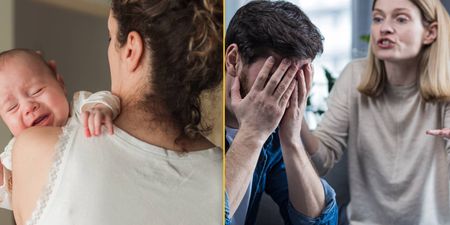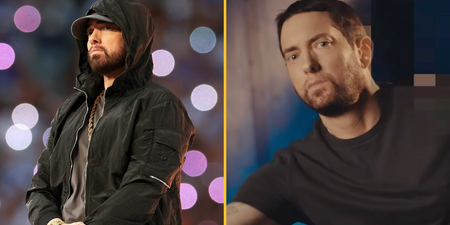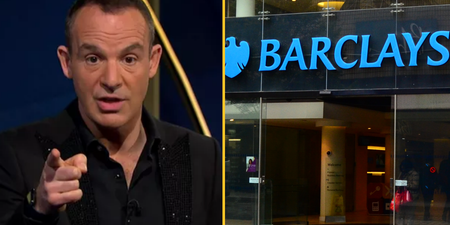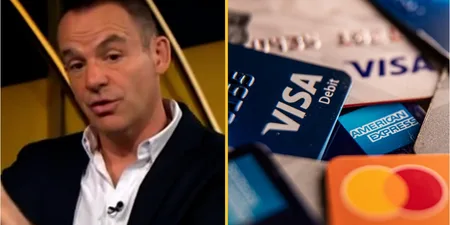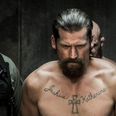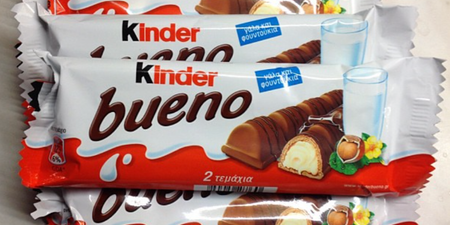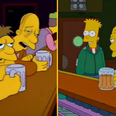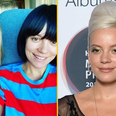Believe it or not, we do have something to thank Jennifer Lopez and Kim Kardashian for.
Their pervasive nature in all aspects of the entertainment industry are one of the massive contributing factors towards why aesthetic tastes have changed in the last two decades.
A new study has shown that Caucasian is no longer the be-all-and-end-all for what men and women find attractive when it comes to their celebrities.
The folks at the JAMA Dermatology group used People magazine for their base line, or specifically, their annual “World’s Most Beautiful” lists.
J-Lo won in 2011, Beyonce won in 2012, and Lupita Nyong’o took the prize in 2014, but in the 90’s and early 00’s, it was a homogeneous line-up of Julia Roberts, Meg Ryan and Jennifer Aniston.
They compiled the following data from over the last 27 years, and this is what they found:
- In 1990, the percentage of white people featured: 76%. In 2017, this number was at 60%.
- In 1990, people between the ages of 45 and 54 represented 4% of the list; in 2017, this age group accounted for 19.3%.
- In 1990, 88% the skin tones featured were predominantly of the lightest shades, falling between type I and type II on the Fitzpatrick scale (a numerological system doctors use to determine how susceptible skin is to UV rays; type 1 is the fairest and most likely to burn); types IV through VI (moderate brown to darkest brown) accounted for a wimpy 12%. In 2017, these darker shades made up 29.6%.
The reason for these changes are down to one thing: exposure.
Dr. Frank Niles told NBC News that “The exposure effect is a basic psychological idea: The more we are exposed to something, the more attracted to it we may become. As a society, we have become more aware of the need and the value of diversity, and I think it is safe to say there are more people of colour in positions of cultural visibility across a wider range of platforms.”
So while the peak of beautiful in the 90’s was tall, blonde and skinny (for females, at least), the fact that in the intervening years, society has demanded a more diverse range of actors and models, the general perception of what is considered “Most Beautiful” has changed along with that.

